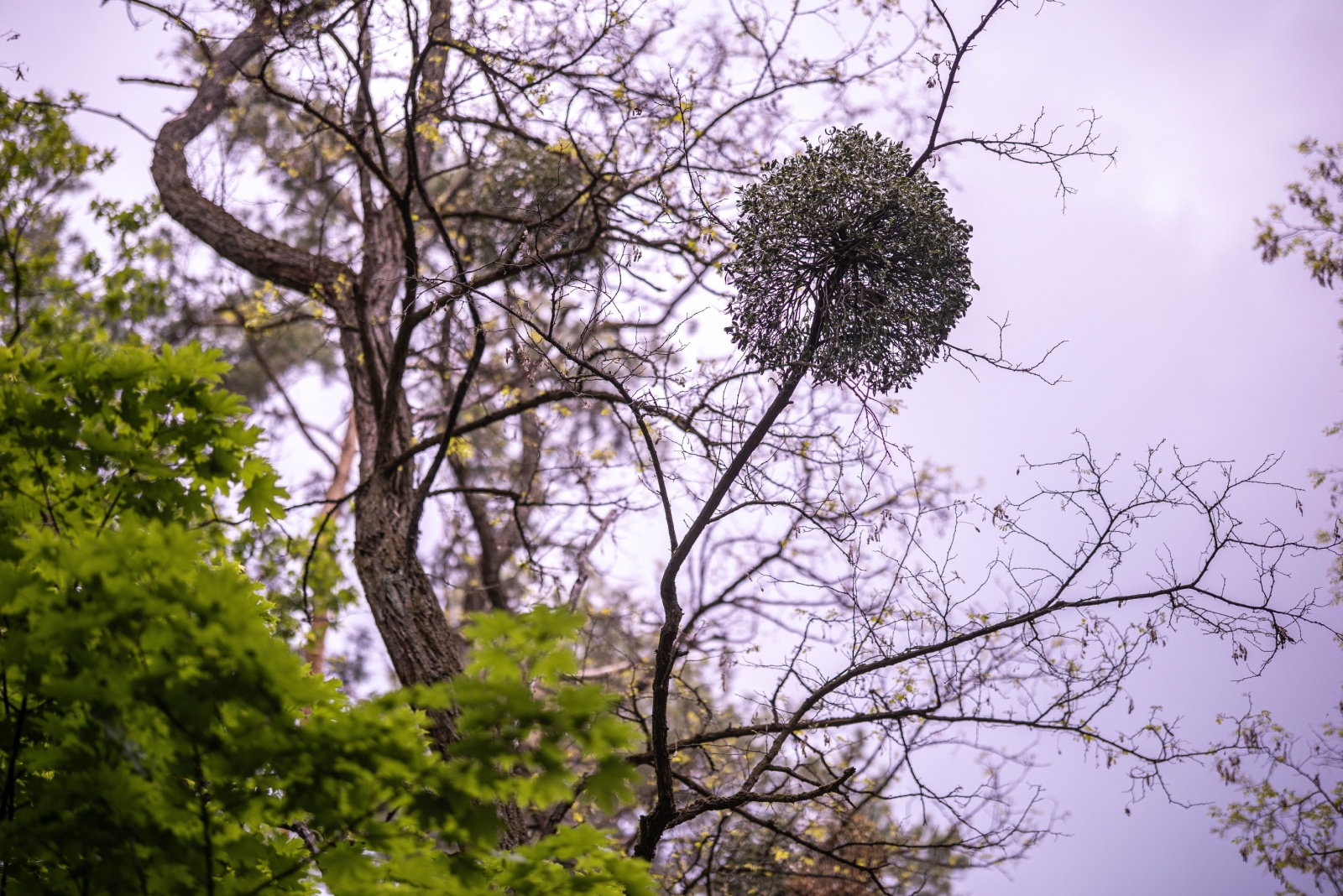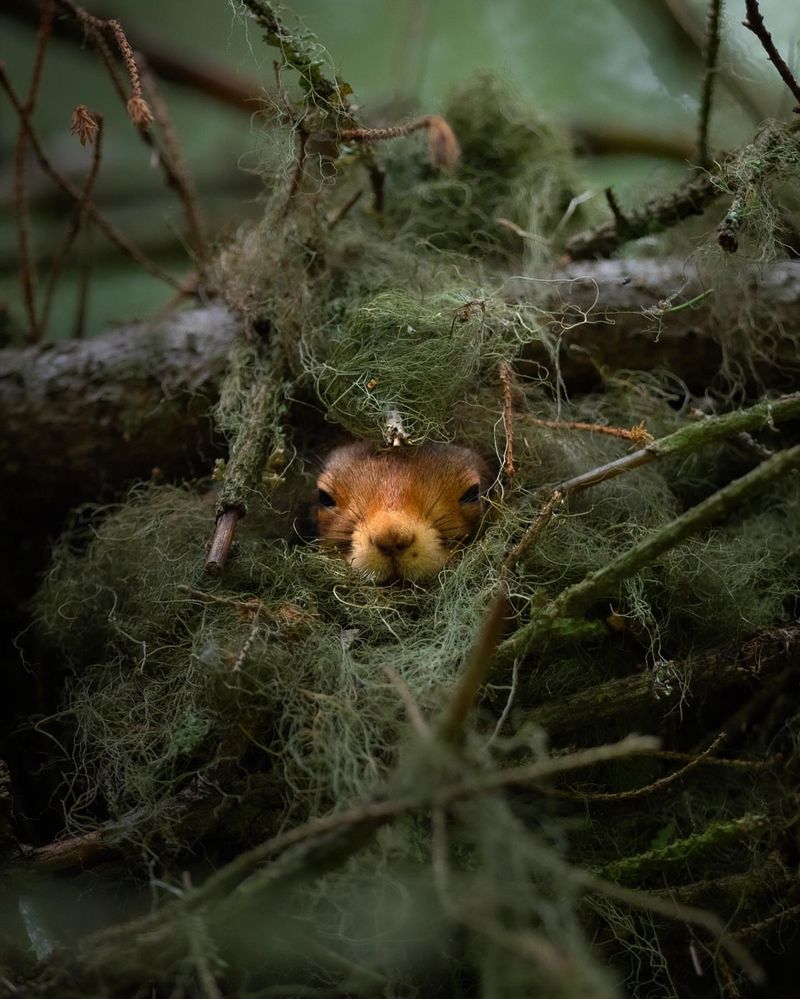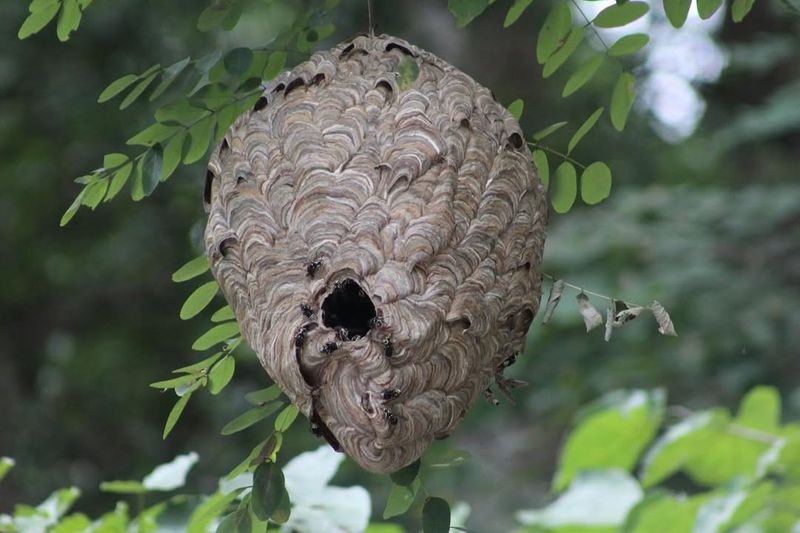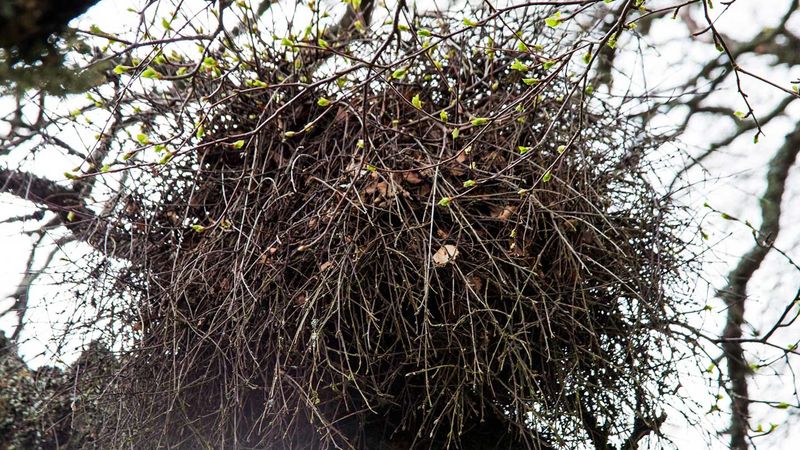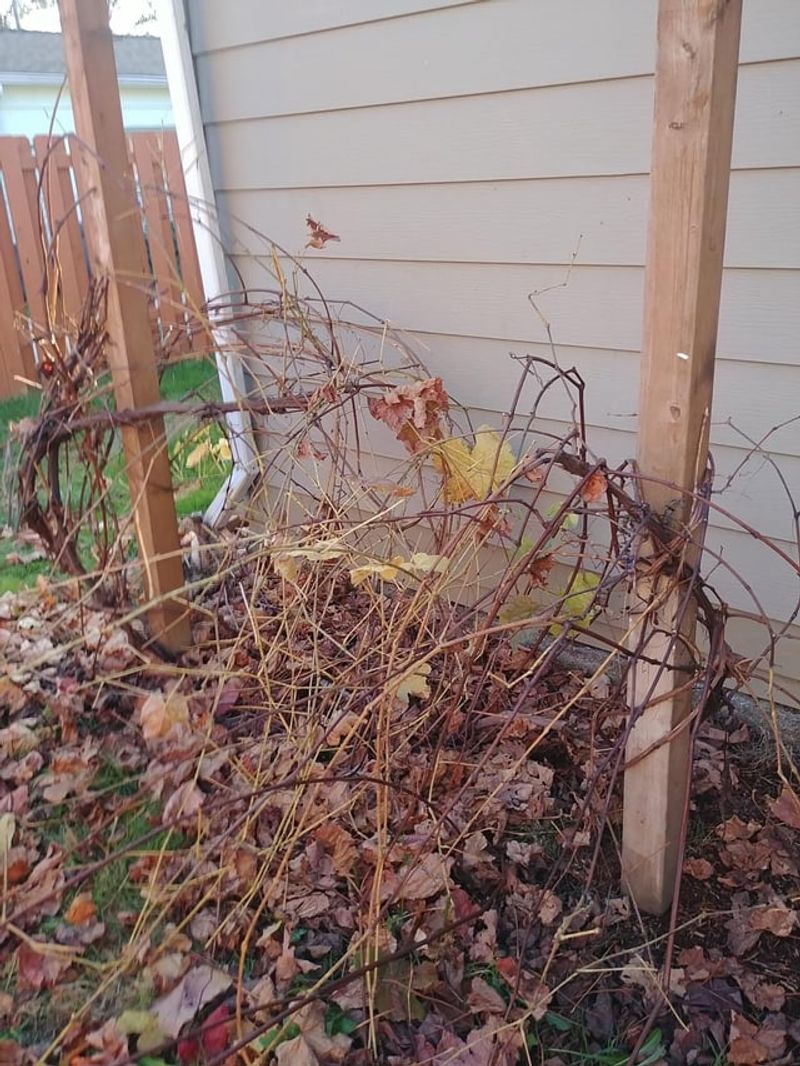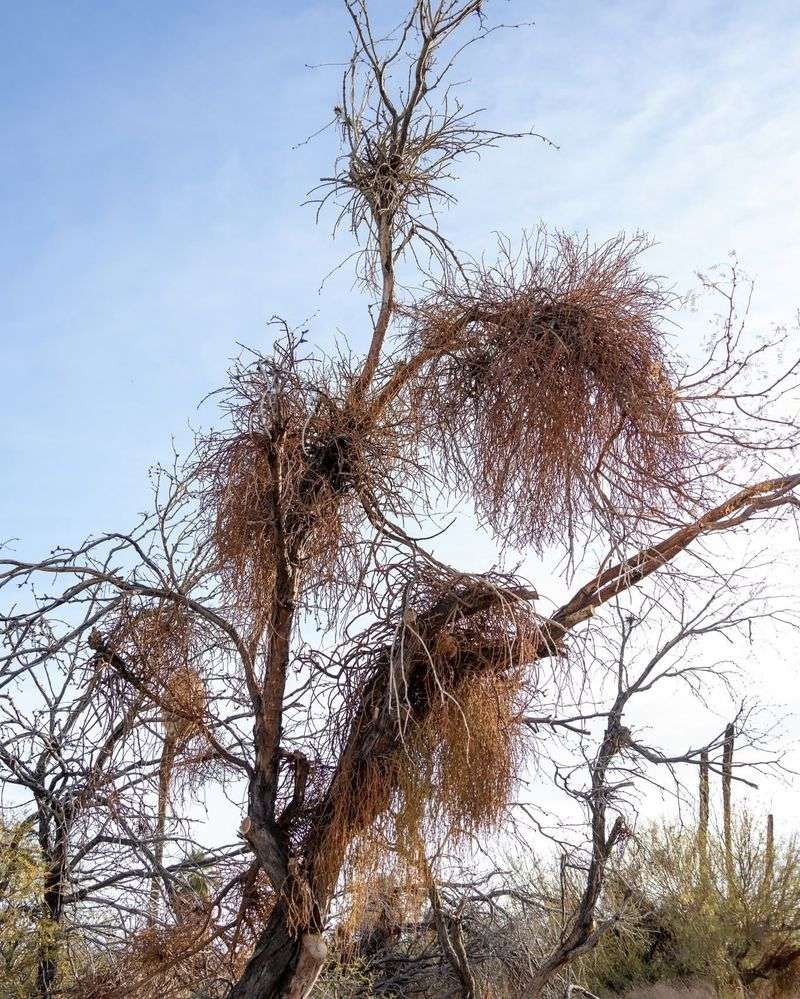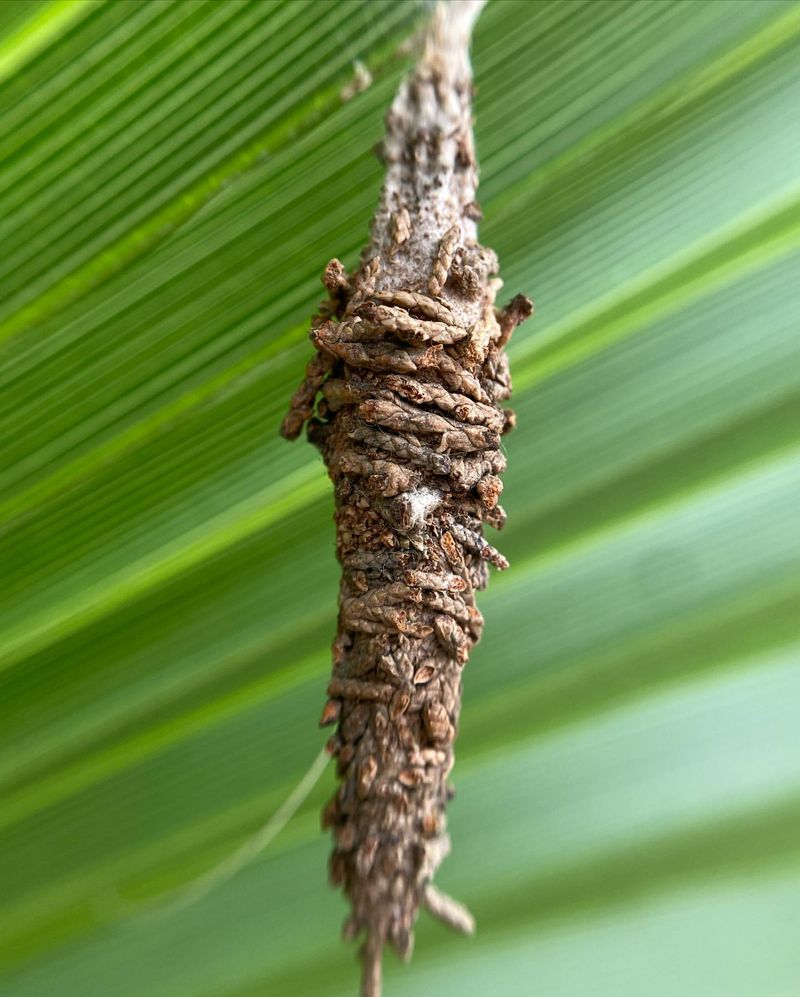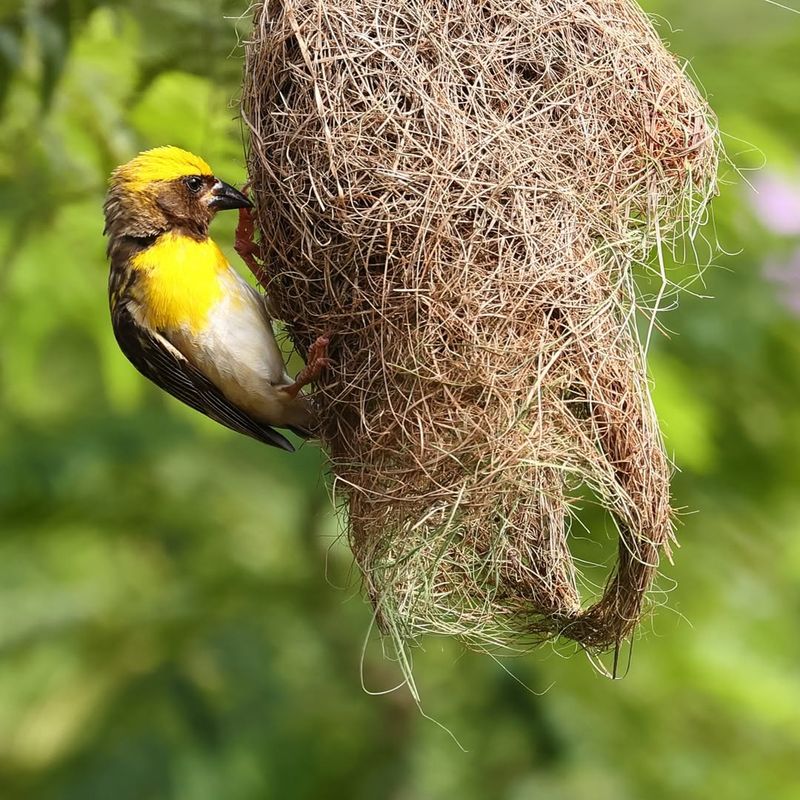You’re out in the yard, admiring your Virginia trees, when something catches your eye—a bundle of twigs and leaves tucked in the branches. At first glance, it looks like a bird’s nest, right where you’d expect one.
But take a closer look before you call it that. What’s hiding up there might not belong to a bird at all, and it could reveal more about your backyard’s ecosystem than you ever imagined.
1. Squirrel Dreys
Gray squirrels build impressive homes called dreys that look remarkably like oversized bird nests. Made from twigs, leaves, and bark, these basketball-sized structures sit in tree forks or against trunks.
Unlike flimsy bird nests, dreys are sturdy year-round shelters with waterproof outer layers. Squirrels often build multiple dreys as backups, so spotting several in your yard is totally normal.
During winter, you’ll see them more clearly when leaves drop, revealing their dense, messy construction that keeps squirrels cozy through cold Virginia nights.
2. Bald-Faced Hornet Nests
That gray, papery football hanging from a branch? It’s actually a hornet palace built by bald-faced hornets throughout spring and summer.
Workers chew wood fibers and mix them with saliva to create the paper-like material, adding layers as the colony grows. By fall, some nests reach basketball size and house hundreds of insects.
Never approach an active nest—these hornets defend aggressively. Once winter arrives and the colony dies off, the empty nest becomes harmless and actually pretty fascinating to examine up close.
3. Witch’s Broom Disease
Sometimes what looks like a massive nest is actually a tree disease called witch’s broom. Fungi, insects, or viruses cause branches to grow abnormally, creating dense, tangled clusters.
The twigs sprout in wild, chaotic patterns that resemble old-fashioned brooms or giant bird nests. Common on hackberry and cherry trees across Virginia, these growths won’t spread to other trees.
While they look alarming, witch’s brooms rarely harm the tree’s overall health. They’re more curious than dangerous, though heavy ones might need pruning for safety.
4. Grapevine Tangles
Wild grapevines love climbing Virginia trees, and their twisted stems create convincing nest lookalikes. As vines mature, they develop thick, woody trunks that coil around branches in messy spirals.
Dead leaves and bark caught in the tangles add to the illusion. While beautiful in fall when grapes ripen, these vines can actually harm trees by blocking sunlight and adding weight.
Check carefully before assuming it’s a bird home. Heavy grapevine masses should be removed to protect your tree’s health and prevent storm damage.
5. Mistletoe Clumps
Mistletoe isn’t just for holiday kisses—it’s a sneaky parasite that forms green, bushy clumps in tree canopies. Birds spread its seeds, which sprout and sink roots into branches to steal water and nutrients.
From below, mistletoe clusters look surprisingly nest-like, especially in winter when their evergreen leaves stand out against bare branches. Oak and elm trees commonly host these invaders.
Left unchecked, mistletoe weakens trees over time. Pruning infected branches helps, but you’ll need to cut well below the visible clump to remove all parasitic roots.
6. Bagworm Cocoons
Bagworms craft tiny protective cases from silk and bits of the host tree—needles, twigs, or leaves. Hanging from branches, these cone-shaped bags might look like miniature nests or pinecones.
Inside each bag, a caterpillar munches away at your tree’s foliage. When hundreds cluster together, they create serious damage in Virginia yards, especially to evergreens like arborvitae and juniper.
Spotting these early matters! Hand-pick bags in winter before eggs hatch in spring, or use targeted treatments during the growing season to protect your landscape from these hungry pests.
7. Abandoned Oriole Nests
Baltimore orioles weave incredible hanging nests that look nothing like typical cup-shaped bird homes in Virginia. Using plant fibers, string, and even hair, females create deep pouches that dangle from branch tips like Christmas ornaments.
After nesting season ends, these sturdy structures remain visible for months or even years. Their unique sock-like shape and hanging position make them easy to identify once you know what to look for.
Finding one means orioles chose your yard—a compliment to your habitat! Leave old nests alone since birds won’t reuse them anyway.

